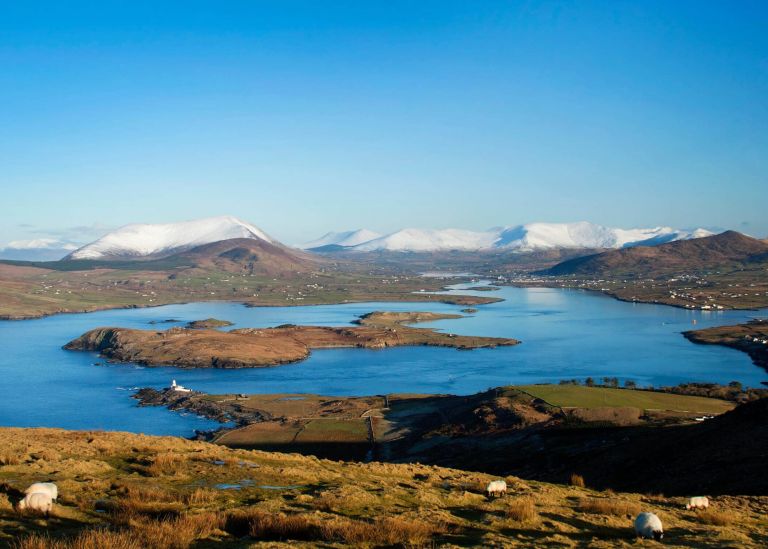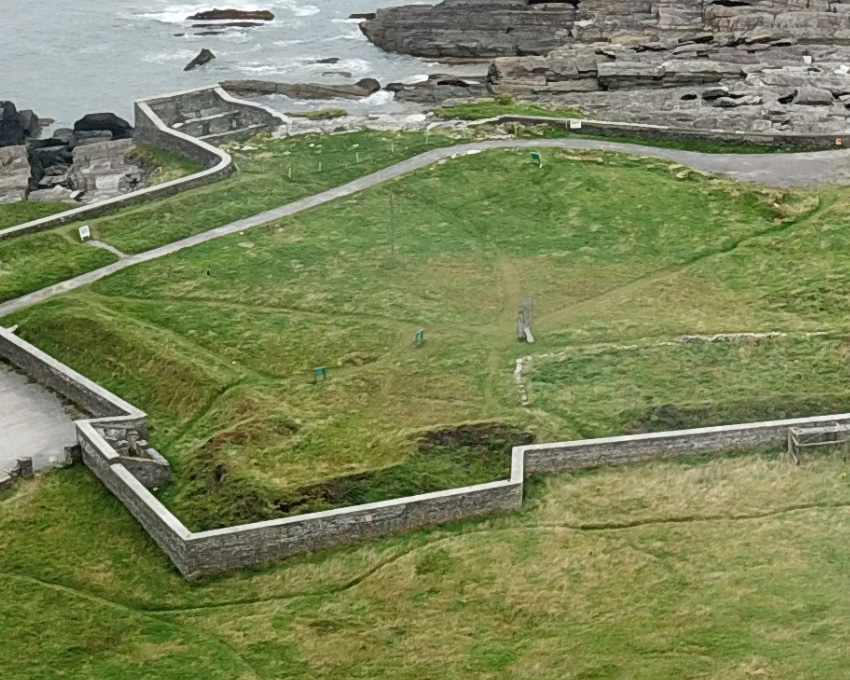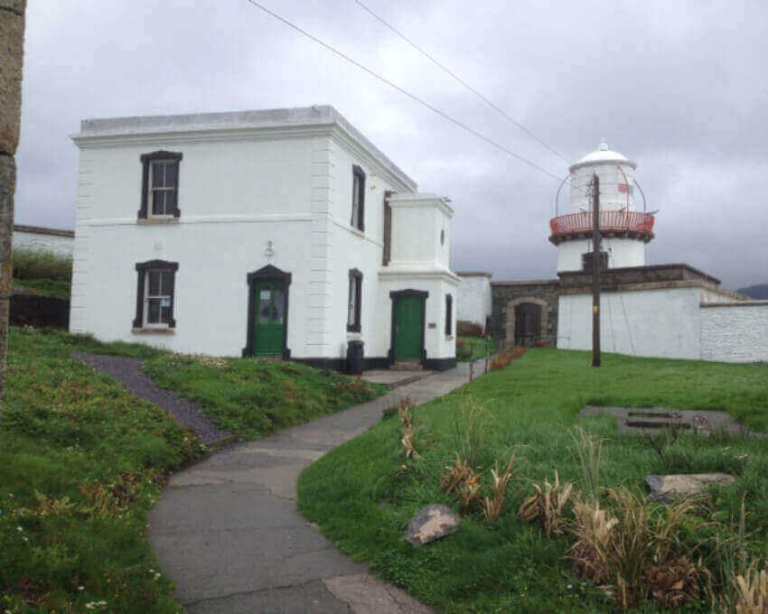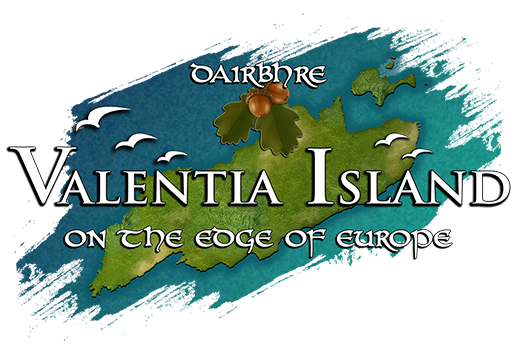Experience Life at Valentia Lighthouse
A must-visit destination along the Skellig Coast on the Wild Atlantic Way
Embrace the rugged beauty of Ireland’s southwest coast. Feel the ocean breeze and step back in time with a guided tour of Valentia Lighthouse — one of the most scenic heritage sites on the Wild Atlantic Way.
Discover the island’s ancient history, including a 17th-century fort and Bronze Age standing stone that tell the story of Valentia’s past.
Explore the 100-year-old lightkeeper’s house and meet Kittiwake, our interactive lightkeeper avatar, who shares stories of the people who once lived and worked here.
Climb the granite steps of the lighthouse tower and step out onto the balcony for breathtaking 360-degree views of the Wild Atlantic Ocean.


About Valentia Lighthouse
Visiting Valentia Lighthouse
Valentia Island is a hidden gem in County Kerry. Its winding roads lead to spectacular views and a rich history that spans centuries.
The island’s name comes from the Irish Béal Inse, meaning “mouth of the island,” referring to the harbour entrance. Its Irish name, Oileán Dairbhre, translates as “island of oak trees.”

17th-Century Promontory Fort
Cromwell’s “Fleetwood” Fort
Built in 1653, this artillery fort — known as “Fort Fleetwood” in historical records — was constructed to defend Valentia Harbour and the northern channel between the island and the mainland.
The fort features a blockhouse surrounded by a star-shaped earthen bank and ditch (fosse). This design, with projecting demi-bastions, allowed the garrison to watch and defend the walls from multiple angles.
The blockhouse, built from thick masonry walls averaging two metres, included embrasures for cannons. Eight of these remain visible today, though sealed on the interior.
Two internal buildings form part of the blockhouse – one with a small vaulted room and the other with two former gun ports, now converted into windows.
The fort was decommissioned in 1669, with most of its weapons transferred to other Munster forts. Historical records note that four guns remained buried on site in 1684, and two cannons observed in 1758 are now displayed within the lighthouse grounds.

The Lightkeeper’s Dwelling House
Museum and Tearooms
Built in 1910, the Lightkeeper’s Dwelling House is an asymmetrical stone and concrete building. A small sheltered room, once a water tank, stands above the porch. The last lightkeeper, Harry Staniforth, lived here with his wife Margaret and their daughters until the lighthouse became automated in 1947. The house is now fully restored as a museum, and the former kitchen serves as our welcoming tearoom.

